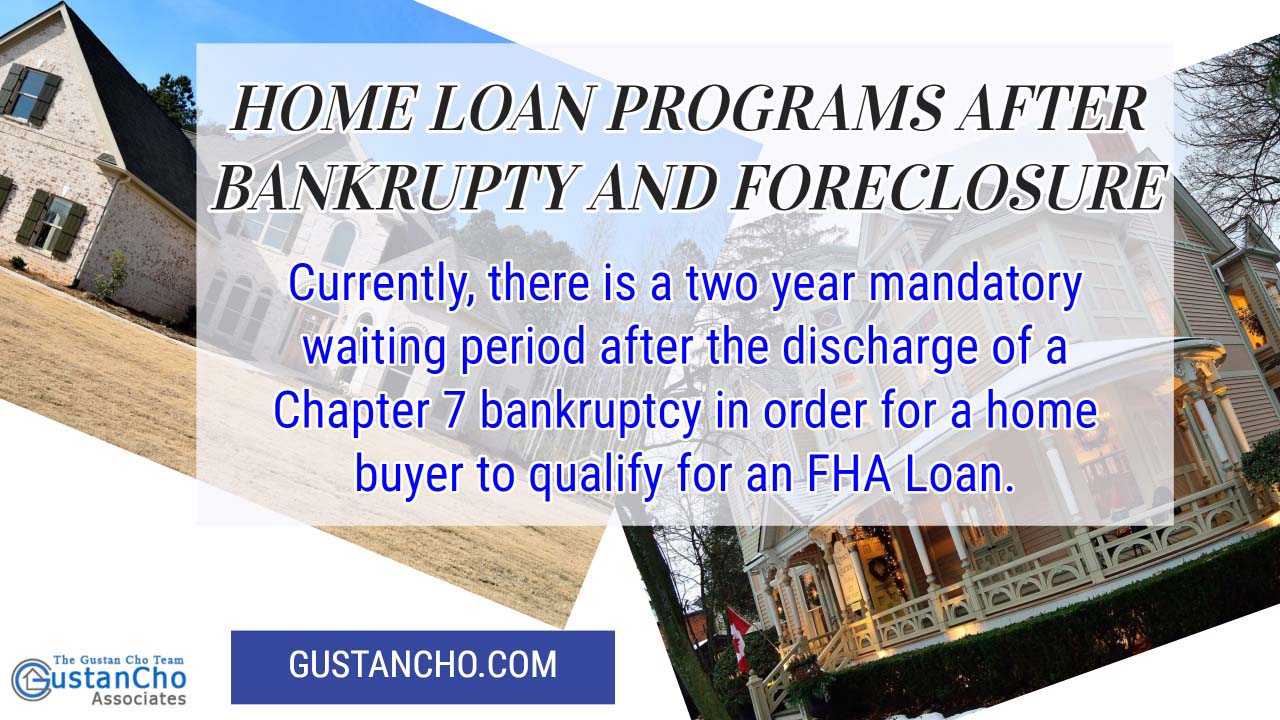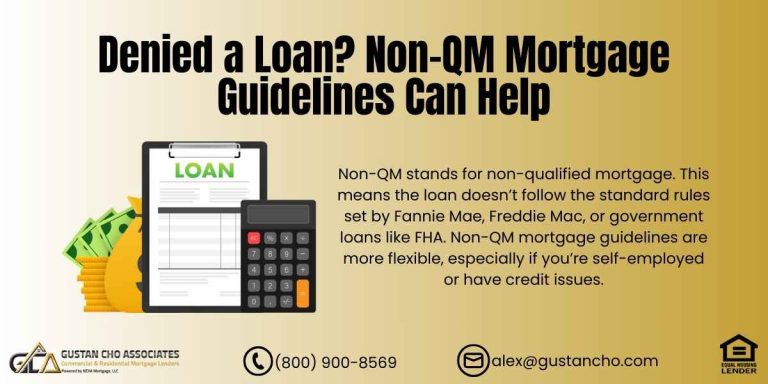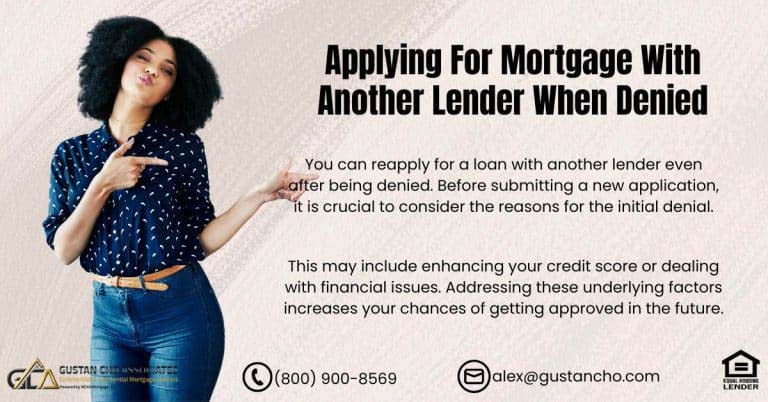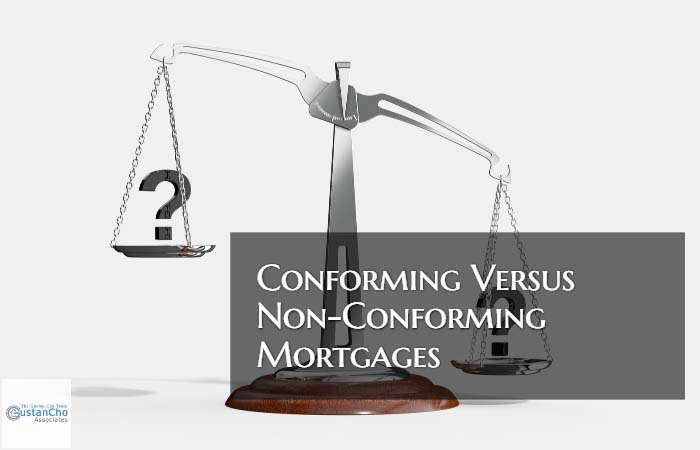This guide covers home loan programs after bankruptcy and foreclosure. There are various home loan programs after bankruptcy and foreclosure. However, all home loan programs after bankruptcy and foreclosure have waiting period requirements, except non-QM loans. HUD has announced that the waiting period for those who have filed for bankruptcy has been trimmed from the current two-year waiting period to one year with the FHA back-to-work program a few years ago.
Note: Again, FHA Back To Work Extenuating Circumstances Due To An Economic Event Mortgage Program Has Been Discontinuced
For those who have had a foreclosure, short sale, or deed-in-lieu of foreclosure, there was a 3-year mandatory waiting period, but that has now changed to a one-year waiting period. This one-year waiting period will help thousands of potential home buyers, but they must meet certain new FHA guidelines to qualify. Not everyone will be able to qualify. This article will cover and discuss home loan programs after bankruptcy and foreclosure.
Home Loan Programs After Bankruptcy and Foreclosure: Back to Work Program
There is a two-year mandatory waiting period after the discharge of a Chapter 7 bankruptcy for a home buyer to qualify for an FHA loan. There is a three-year mandatory waiting period after the recorded foreclosure date, deed-in-lieu of foreclosure, to qualify for FHA loans. HUD used to offer a one-year waiting period after a deed in lieu of foreclosure, bankruptcy, short sale, or loan modification if the borrower falls within certain credit criteria. It was called the Back to Work Program, and to qualify.
With the back to work program, borrowers needed to prove that their household gross income had fallen by at least 20% or more for at least six months.
The reduction of income needed to result from unemployment or another disaster or hardship event beyond their control. The borrower needed to show that they have had at least a one-hour certified, approved hour of housing counseling, which can be done over the phone or online. Borrower needed to prove that they had paid their rental payments timely for the past twelve months, which is called rental verification.
Purpose of the FHA Back to Work Program
HUD recognizes that financial hardship happens to the best of us and financially responsible individuals. The financial collapse and meltdown of 2008 have caused financial ruin to millions of Americans. FHA-insured mortgage loans are an excellent way for first-time home buyers and homebuyers with less than perfect credit or high debt-to-income ratio to become homeowners at affordable mortgage rates.
Note: The FHA Back To Work Program has been discontinued. The above information is for archival purposes.
The housing bubble has skyrocketed bankruptcies and foreclosures to historical levels. HUD also recognizes that people’s credit histories may not totally reflect the borrowers’ true ability or propensity for them to repay a mortgage.
FHA Loans For First-Time Homebuyers and Buyers With Bad Credit
Cash payment for rent cannot be used as rental verification, and a paid receipt cannot be used as rental verification. They can only show solid proof for rental verification by providing the lender copies of canceled checks. Or unless they are renting their home from a licensed property management company.
Letters from a licensed property management company can be used for rental verification and can be used instead of providing 12 months of canceled checks of rental payments.
It makes homeownership possible for home buyers with lower credit scores and prior credit issues who cannot qualify for mortgage loans backed by Fannie Mae or Freddie Mac. There are steep fees associated with FHA loans, such as a 1.75% upfront mortgage insurance premium and an annual mortgage insurance premium of 0.85%.
2024 Update To Home Loan Programs After Bankruptcy and Foreclosure
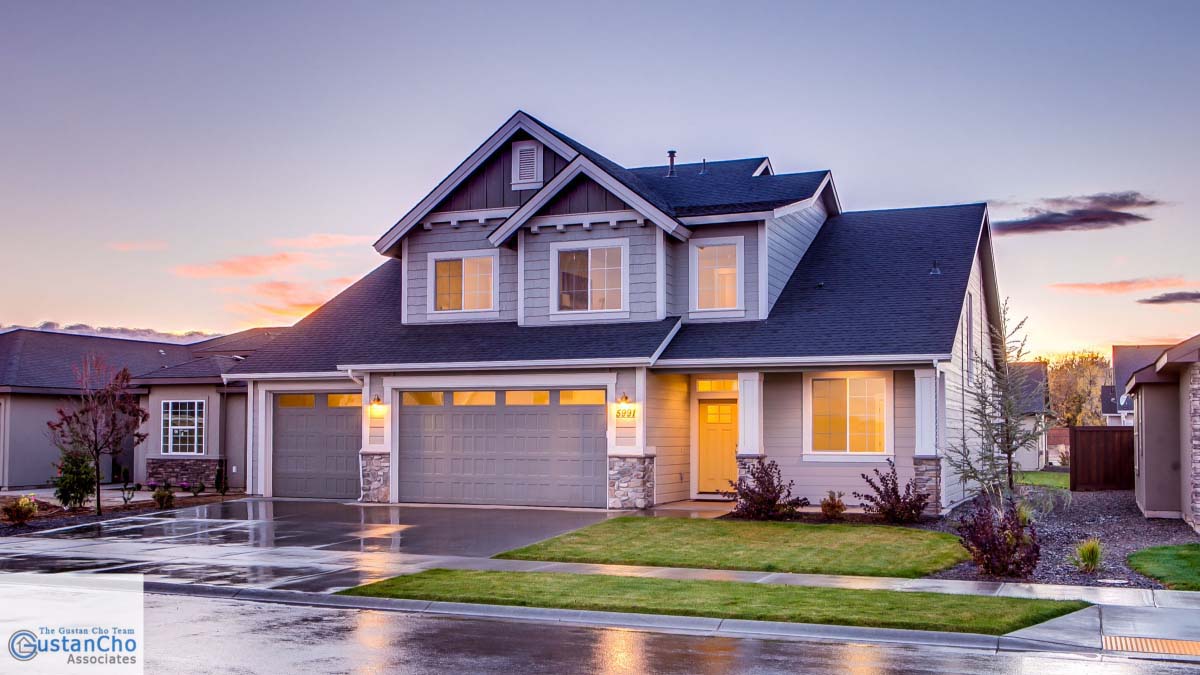
NON-QM Loans do not have any waiting period requirements after bankruptcy, foreclosure, deed in lieu of foreclosure, and short sale.
A 10% to 20% down payment is required on home purchases, and mortgage rates are normally 2% percentage points or higher than standard conventional mortgage interest rates. To qualify for 10% down payment NON-QM Loans, borrowers must have at least a 680 credit score. 660 credit scores require a 15% down payment. The minimum credit score required for NON-QM loans is 640 credit scores with a 20% down payment.
Bank Statement Mortgage Loans For Self-Employed Borrowers
Another type of NON-QM loan is the bank statement loan for self-employed borrowers. A bank statement mortgage loan is a type of mortgage that allows self-employed borrowers to qualify based on their bank statements rather than traditional income documentation like tax returns. This can be particularly beneficial for individuals with variable income or those who take advantage of tax deductions, as it provides an alternative method for demonstrating their ability to repay the loan.
How Does The Bank Statement Home Loan Program After Bankruptcy and Foreclosure Work
In this section, we will cover key points about bank statement mortgage loans for self-employed borrowers: Instead of providing tax returns, self-employed borrowers typically submit personal or business bank statements to verify their income. Lenders may look at 12 to 24 months of bank statements to assess the borrower’s average monthly income.
Bank Statement Home Loan Program After Bankruptcy and Foreclosure Requirements
Lenders may have specific requirements for the number of months of bank statements needed, minimum credit scores, and down payment amounts. The borrower must have a stable and consistent deposit history to demonstrate their ability to cover the mortgage payments.
Interest rates for bank statement loans may be higher than those for traditional mortgages, as they pose a higher risk to the lender. Lenders ‘ loan terms and down payment requirements vary, so shopping for the best terms is essential.
Documentation Required For Non-QM Loans
While the focus is on bank statements, lenders may still require other standard mortgage documentation, such as proof of identity, employment history, and credit reports.
A good credit history is still crucial for obtaining a bank statement mortgage. Lenders will assess the borrower’s creditworthiness to determine the interest rate and terms.
Self-employed borrowers may be required to make a larger down payment than traditional mortgages. Given the complexity of these loans, self-employed borrowers should work with a mortgage professional with experience with bank statement mortgage loans. They can guide borrowers through the process and help find the best options. Remember that lending practices vary between financial institutions, so it’s crucial to research and consult with mortgage professionals to find the best solution tailored to your situation.


